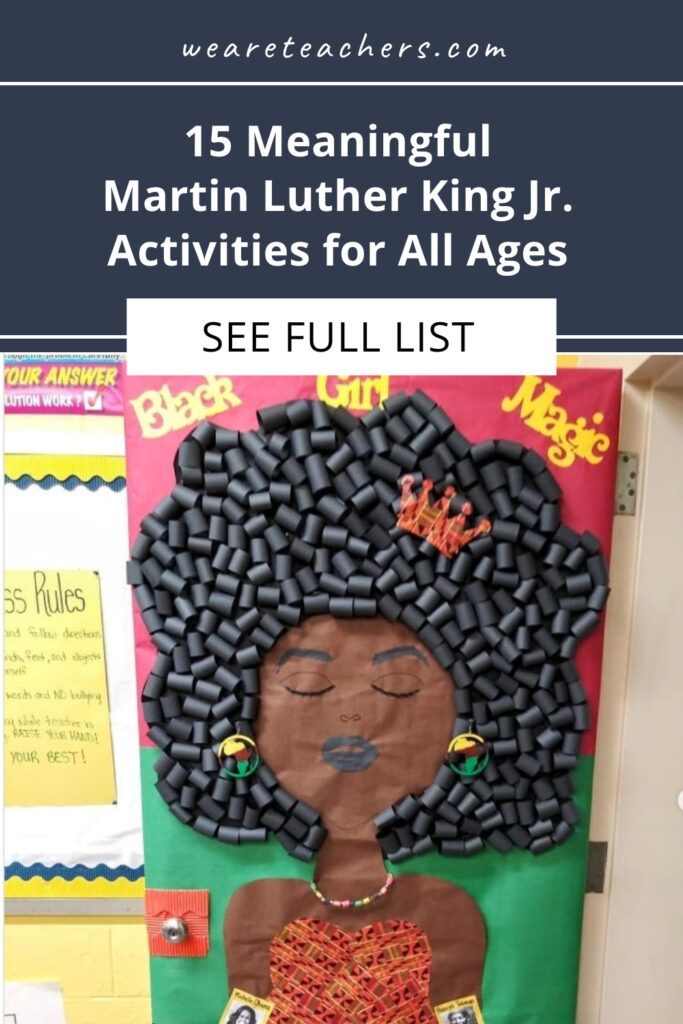Dr. Martin Luther King Jr. was one of the most influential civil rights leaders of all time. We celebrate him each year on or around his January birthday, taking time to remember how his life (and death) inspired a legacy that still moves us today. Many students now know him only as a hero, but in the 1950s and 1960s, Dr. King was a troublemaking rebel. (Read What My Students Don’t Understand About Martin Luther King Jr.) Explore his words and actions and get involved in today’s social justice movement with these Martin Luther King Jr. activities for kids in grades pre-K to 12.
1. Discover books for every reading level
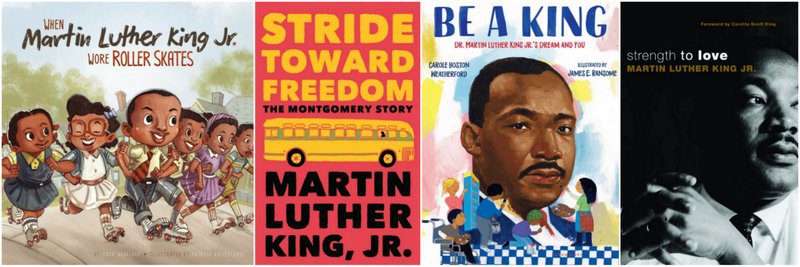
Reading books about Dr. King can be a terrific springboard into a wider variety of Martin Luther King activities. With younger kids, work them into your story time read-alouds. For older students, form a book club to read one selection together, or encourage every student to find a book that appeals to them and then share it with the class. Check out our favorite reads about Dr. Martin Luther King Jr., with options for every grade, from pre-K to 12.
2. Take a virtual field trip
If you can’t travel to Atlanta to visit the Martin Luther King Jr. National Historical Park, check it out online instead! The virtual tour includes an in-depth look at several of the locations in the park, including the house where Dr. King was born. You can also take a video tour of the National Civil Rights Museum and virtually explore items from the Smithsonian’s Dr. King collection.
3. Color In a Martin Luther King Jr. quote

Put on an audiobook or video about Martin Luther King, then give students one of these cool free pages to color while they listen. They include a variety of different quotes, perfect for creating a bulletin board or hallway display.
Learn more: Doodle Art Alley
4. Paint a portrait

Encourage kids to sketch their own portrait of the famous civil rights leader, or use the free and easy lesson found at the link below. If they’re not into portraiture, have them turn one of his quotes into their own art design instead.
Learn more: Deep Space Sparkle
5. Crack an egg

Want to make a quick and simple point about embracing the ways in which humans are different and yet the same? Crack open a brown egg and a white egg to see they’re basically identical on the inside. There’s a lot more complexity to this concept, of course, but it’s an easy way to introduce it to young learners.
Learn more: Lessons 4 Little Ones
6. Host a Mix It Up at Lunch Day
Teaching Tolerance has a great program called Mix It Up at Lunch Day that helps kids step out of their comfort zone and interact with people who are different from them. Add it to your own lineup of Martin Luther King activities.
7. Write a DREAM acrostic poem
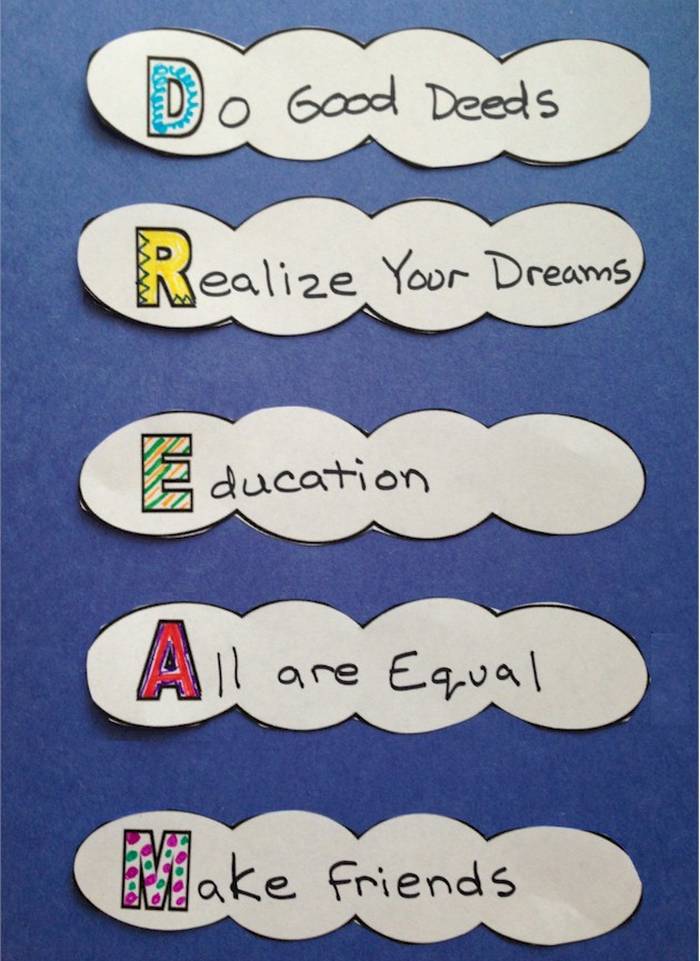
What do your students dream the world of the future will be like? Invite them to write an acrostic poem using these free printables, with each line starting with a letter of the word DREAM.
Learn more: Activities for Kids
8. Read “Letter From Birmingham Jail”

If your students only know a few quotes from Dr. King’s “I Have a Dream” speech, they’re really missing out. Be sure to check out his other speeches and writings, like “Letter From Birmingham Jail.” Storyboard That has lots of terrific Martin Luther King activities to help you explore and expand on this outstanding piece of persuasive writing.
Learn more: Storyboard That
9. Listen to a Freedom Rider

One of Dr. King’s greatest legacies was the number of people he inspired to join his cause. The Freedom Riders were a group who rode buses through the South in the 1960s, to ensure the Supreme Court’s decision on desegregating buses was actually being carried out. Many were harassed, beaten, and even arrested. Listen to James Farmer Jr. tell the story of these key civil rights activities at the link.
Learn more: Fresh Air on NPR
10. Celebrate beautiful skin tones
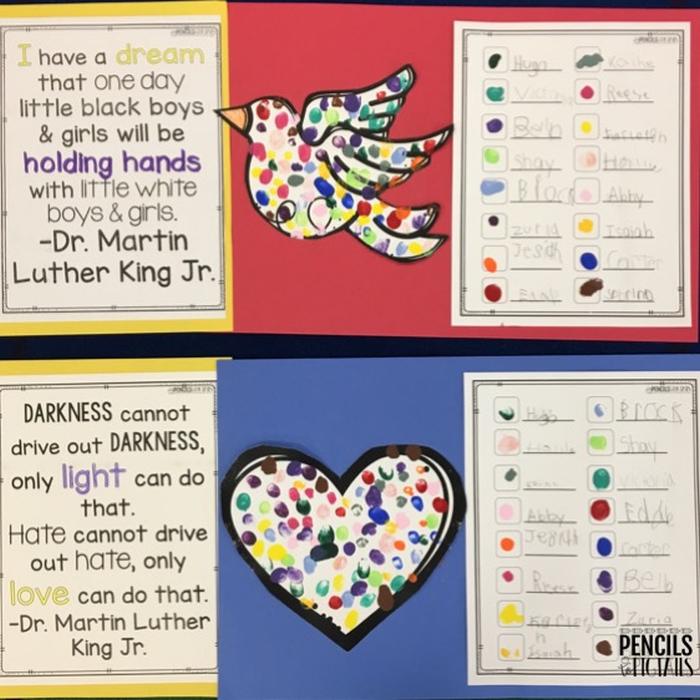
Let each child choose a color of paint, then use it to make fingerprints on a collective image. Talk about the multitude of skin tones in the world, and how celebrating diversity makes us stronger and more beautiful.
Learn more: Pencils to Pigtails
11. Join the National Day of Service
Dr. King said, “Everybody can be great because everybody can serve.” That concept inspired the National MLK Day of Service, held on Martin Luther King Day each year. Take your students out into the community to donate their time and efforts to a worthy cause. Find 50+ ideas for volunteering with kids here.
12. Decorate your classroom door

When this high school classroom door made the rounds on social media, people were immediately in awe. “It is so much more than decor. This door has already sparked so many conversations with students I’ve never met or talked to before,” said its creator, teacher Mrs. Lewis. Have students brainstorm ways to decorate your own door to invite conversations around Dr. King, civil rights, social justice, or Black history. Check out these ideas for inspiration.
13. Walk in his footsteps
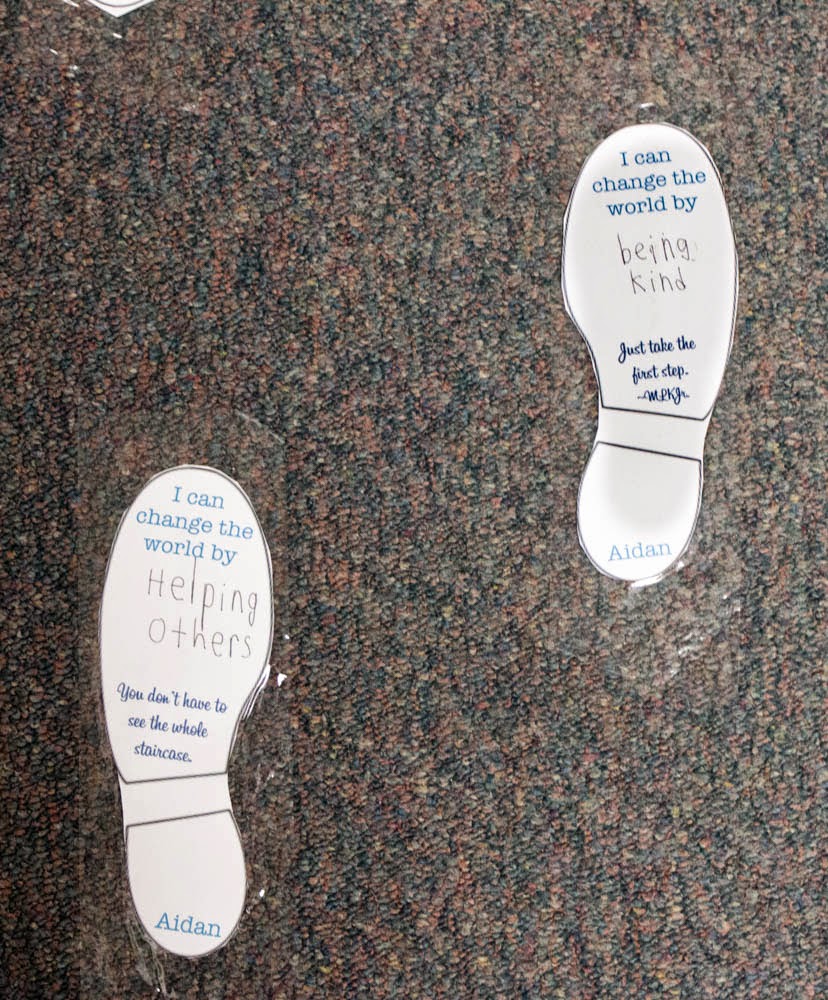
“Faith is taking the first step even when you can’t see the whole staircase,” Dr. King explained. Lay out ways for kids to walk in his footsteps with this simple project. Trace students’ feet, then have them write the small steps they can take to make the world a better place. Tape them in place down a hallway, then invite others to stroll along for inspiration.
Learn more: Teach Them to Fly II
14. Take part in the Critical Media Project
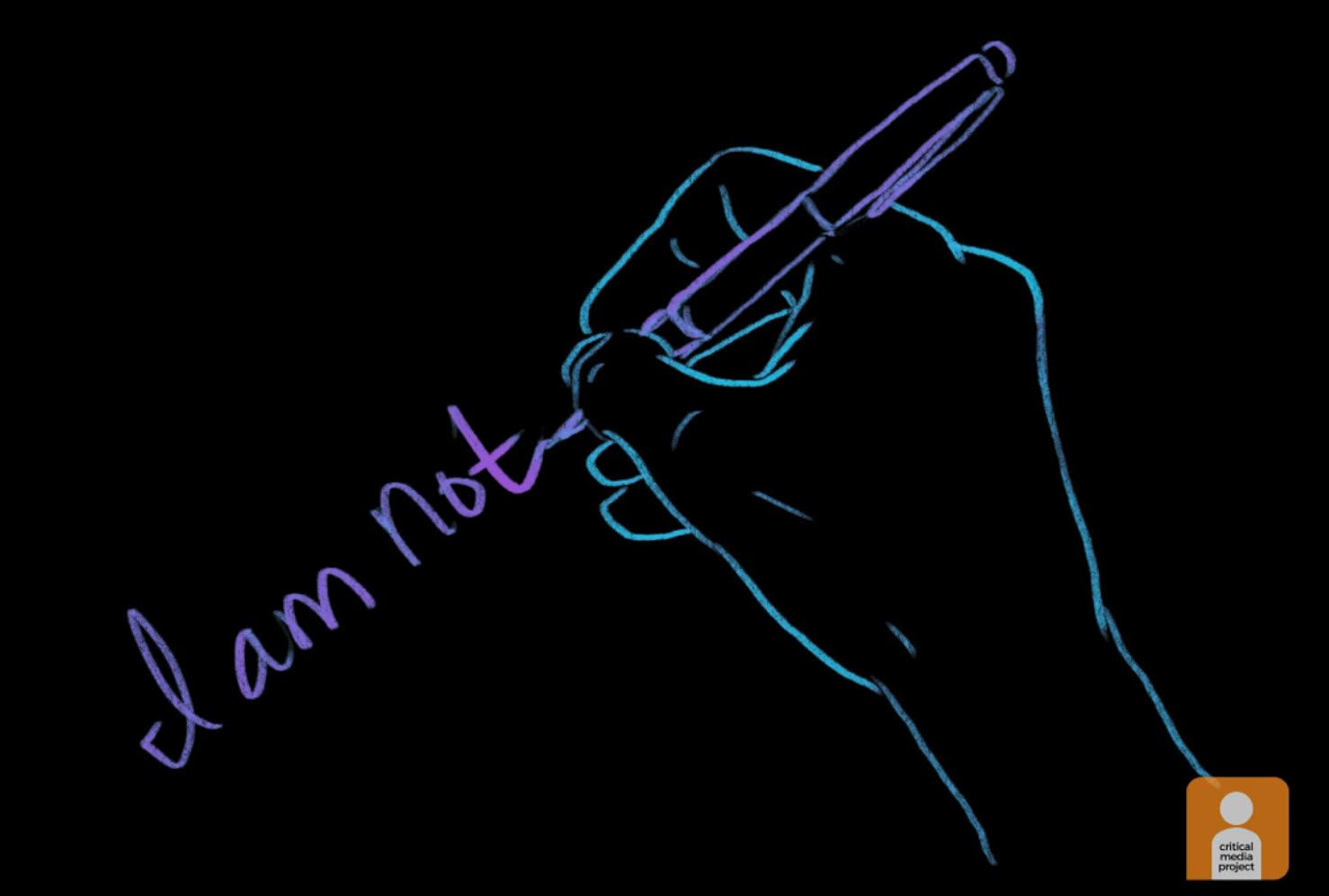
If Martin Luther King Jr. were alive today, what projects and campaigns might he be a part of? We think he’d love the Critical Media Project, which seeks to highlight and change the way minorities are often stereotyped, misrepresented, and under-represented in modern media. The project has lots of cool activities for kids to try, including making an “I am ____, but I am not” video about stereotypes.
Learn more: Critical Media Project
15. Discuss the difference between equality and equity
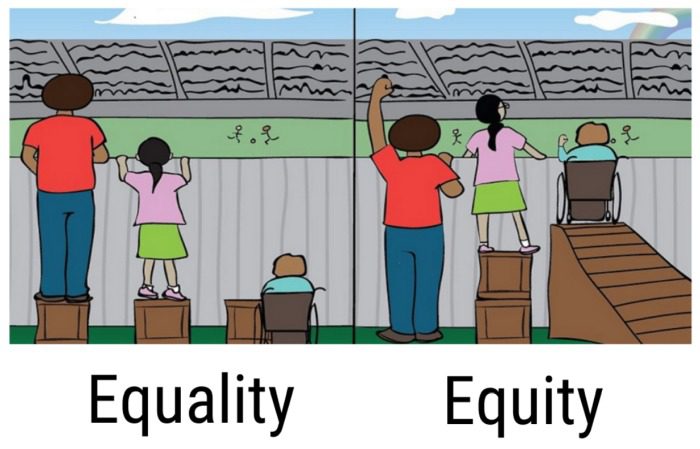
It turns out the campaign for equality was only the beginning. While equal rights for everyone is a vital concept, it only scratches the surface. To achieve true equity, we need to look deeper. This free lesson plan helps students master the difference between equality and equity, and consider how we as a society need to consider both to make a real difference.
Learn more: Cultures of Dignity
What are your favorite Martin Luther King activities to celebrate his incredible legacy? Come share your ideas in the WeAreTeachers HELPLINE group on Facebook.
Plus, 10 Amazing Black History Picture Book Biographies and 25+ Inspiring Social Justice Books for Kids of All Ages.
